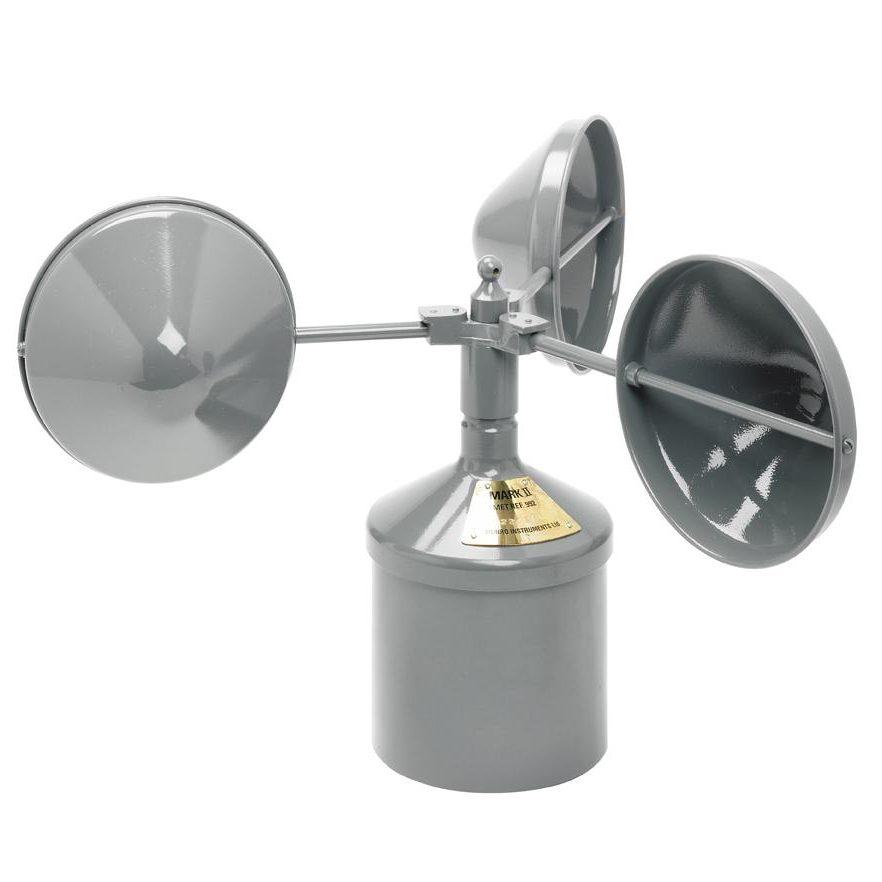Why an Anemometer is Necessary for Your Environmental Information Collection
Why an Anemometer is Necessary for Your Environmental Information Collection
Blog Article
Checking Out the Features and Advantages of Anemometers for Climate Fanatics and Specialists
Anemometers stand as crucial tools in the realm of weather condition tracking, satisfying both enthusiasts and seasoned professionals alike. These gadgets use a home window into the vibrant globe of wind patterns and rates, supplying indispensable data for meteorological analysis and forecasting. From cup anemometers to sonic anemometers, each kind brings its unique set of applications and advantages, clarifying different elements of weather. As we look into the features and advantages of anemometers, a much deeper understanding arises not only of dominating climate sensations but likewise of the broader effects for markets like wind energy manufacturing and environmental research study.
Importance of Anemometers in Climate Monitoring
Anemometers play a critical duty in climate tracking by giving exact dimensions of wind speed, aiding in forecasting and understanding weather condition patterns. These instruments, varying from traditional cup anemometers to modern ultrasonic anemometers, are vital for meteorologists, researchers, and climate lovers alike.

Sorts Of Anemometers and Their Applications
The most typical types of anemometers consist of mug anemometers, vane anemometers, hot-wire anemometers, and ultrasonic anemometers. Cup anemometers consist of three or 4 cups placed on horizontal arms that revolve with the wind, measuring its speed. Vane anemometers, on the other hand, make use of an easily revolving vane to straighten with the wind instructions, giving both wind speed and direction measurements.
Mug anemometers are ideal and robust for basic climate monitoring, while vane anemometers are preferred for directional measurements. Ultrasonic anemometers are non-intrusive and offer high accuracy, commonly utilized in study and specialized weather condition surveillance applications.
Benefits of Making Use Of Anemometers in Projecting
In meteorology, the application of anemometers uses invaluable advantages for boosting the precision of climate projecting. Anemometers gauge wind rate and instructions, supplying vital information for anticipating weather patterns. By incorporating wind information right into projecting designs, meteorologists can better recognize the activity of weather condition systems, expect adjustments in weather, and issue more specific projections.
Furthermore, anemometers play a vital role in examining possible climate risks. Keeping track of wind speeds helps forecasters forecast extreme weather occasions such as hurricanes, tornadoes, and winter tornados with greater precision. This early warning system allows authorities to issue prompt notifies and implement needed precaution, lowering the dangers to life and property.
In addition, anemometers assist in maximizing eco-friendly energy manufacturing. By evaluating wind patterns, meteorologists can recognize suitable places for wind ranches and predict energy output, adding to the efficient generation of wind power.

Anemometers in Wind Energy Production
Provided the essential role anemometers play in supplying exact wind data for weather condition projecting and threat assessment, their importance encompasses the realm of wind energy manufacturing. Anemometers are crucial Get More Info instruments in the field of wind energy, where the measurement of wind speed and direction is important for establishing the feasibility and efficiency of wind turbine installations. By accurately measuring wind rates at differing heights, anemometers help optimize the positioning and layout of wind turbines to optimize power result.
In wind ranches, anemometers are purposefully placed to collect real-time wind information that is made use of to evaluate the prospective energy manufacturing of a website. This information contributes in determining the economic stability of wind power tasks and in projecting energy generation to guarantee grid stability. Furthermore, anemometers help in monitoring wind problems to maximize generator performance, avoid damage from high winds, and make certain the safety and security of workers working in the location of wind generators.
Enhancing Climate Understanding With Anemometers

Anemometers play a vital duty in boosting our understanding of microclimates. These localized weather condition conditions can differ substantially from more comprehensive local projections, making it necessary to have accurate data for specific areas. anemometer. By tactically positioning anemometers in different areas, scientists can collect comprehensive details on exactly how wind behaves in different surfaces, city environments, or bodies of water
Furthermore, anemometers add to boosting climate forecasting designs by providing real-time information on wind behavior. This info is particularly valuable for forecasting severe climate events, enhancing farming practices, and supporting sectors like air travel and maritime navigating. In general, anemometers are vital tools that allow us to dive much deeper into the intricacies of weather condition systems, ultimately bring about more better-informed choices and precise predictions.
Final Thought
To conclude, anemometers play an essential function in weather condition tracking and forecasting by determining wind rate and direction. They are necessary devices made use of by weather fanatics and specialists to gather exact data for anticipating climate patterns and examining prospective impacts. Anemometers additionally have applications in wind energy production, additional highlighting their relevance in both weather forecasting and renewable resource sectors. In general, anemometers add to improving our understanding of read more weather condition phenomena and enhancing forecasting abilities. anemometer.
From cup anemometers to sonic anemometers, each type brings its special collection of applications and advantages, losing light on numerous facets of climatic problems. These instruments, varying from conventional mug anemometers to contemporary ultrasonic anemometers, are essential for meteorologists, researchers, and weather fanatics alike. The most typical types of anemometers consist of cup anemometers, vane anemometers, hot-wire anemometers, and ultrasonic anemometers. Mug anemometers are ideal and robust for basic climate tracking, while vane anemometers are preferred for directional measurements. Anemometers are necessary instruments in the area visit the site of wind energy, where the dimension of wind speed and instructions is crucial for figuring out the expediency and effectiveness of wind turbine installments.
Report this page